Any civilization will be incredibly influential and important but sometimes won’t receive a lot of discussions, this is because there’s nothing left to discuss at all. However, Historians and Archaeologists do their best to dig deeper into the stories of Ancient Civilization, but some of these societies led to dead ends. Some of their secrets are so well kept (or never discovered), that it still baffles historians from around the world.
The lost history (and sometimes forbidden) of these ancient societies leave large gaps in our understanding. History is, in fact an inexact science, and can be regarded as a book with several pages missing. Some of the lost cultures and mysterious historical civilizations that we know the least about probably have some of the most interesting stories to tell. Instead, we’re left with our minds full of curiosity and wonder.
1. The Maya Civilization — Mysterious Disappearance
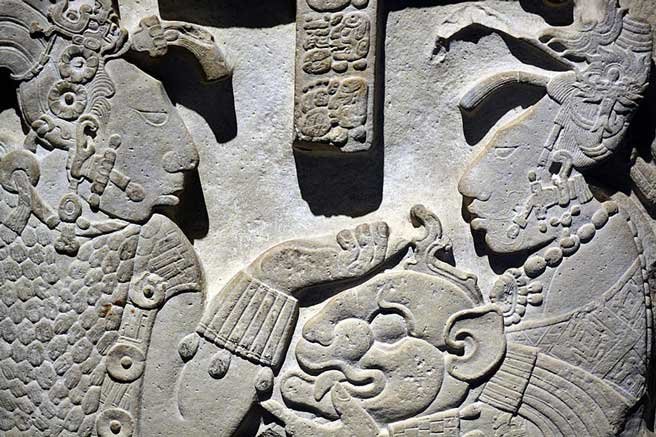
The Maya is one of the most famous ancient civilizations, but interestingly it doesn’t mean we know much about them. The Maya civilization was a Mesoamerican civilization, and their trackbacks lead to various countries in South American jungles, countries including Belize, Guatemala, Honduras, Mexico, and El Salvador. Highly unlikely the evidence left behind by Mayan people were reclaimed by nature, leaving modern archeologists and anthropologists with more questions than answers.
A number of facts and information about Maya Civilization had been known so far including their amusing calendar, that they had great knowledge of Astronomy, about some of their architectural wonders, and bit pieces about their culture, but what we don’t know is that where this civilization disappeared to. The Mayan Empire appears to have collapsed about 1,000 years ago, leaving their architectural establishments converting to ghost towns in the middle of forests.
While modern theorists believe that this ancient civilization was a victim of climate change, and probably vanished by a climatic disaster and slowly lost population. This claim was further confirmed in a hypothesis led by a team of researchers. They calculated the environmental conditions during the culture’s decline which proved this theory.
Most probably Mayans were vanished due to drought, as the group studied water trapped in a mineral (gypsum), which they found in Lake Chichanacanab, Mexico. The lighter isotopes tend to evaporate quicker, so gypsum left with heavier isotopes indicates a drought, and researchers found heavier isotopes in the gypsum discovered from the Maya sites. “This method is highly accurate and is almost like measuring the water itself”, said Nick Evans, one of the authors of the study.
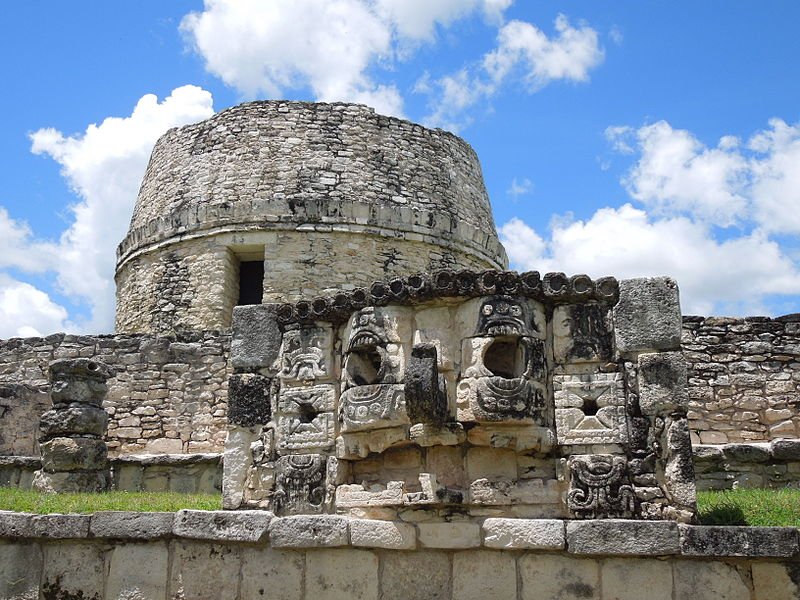
In December 2019, archaeologists unearthed what is considered to be the remains of a large palace to have been used by the Maya elite around 1,000 years ago. The structure was discovered at an archaeological site of Kulubá in the forests of Mexico’s Yucatán state. It is nearly 20 feet tall, and 180 feet long, it was also concluded that it was occupied from 600 to 900 AD when the culture thrived, and again from 850 to 1050 AD, when the Maya fell.
Some facts about Maya Civilization
- Maya Calendar never actually predicted the future as claimed by many. December 21, 2012, just happened to coincide with the end of a full cycle of 5125 years in Mayan Calendar (Long Count calendar).
- Mayans wrote books in their elaborate hieroglyphic script on long strips of durable paper made from the inner bark of fig trees, but there are just three Maya Codices that survived.
- Maya people used human sacrifices to please their gods. When Maya wanted to please the rain god, they painted human sacrifices blue to cut their hearts out on a stone altar or threw them down wells.
- Maya civilization might have mysteriously vanished, but the Maya people didn’t. The descendants of the Maya are still around today, many living in their ancestral homelands, like Guatemala.
2. Anasazi Civilization — Vanished due to Cannibalism

“Anasazi” literally means “The Ancient Ones”. Though Anasazi Civilization is known for its spectacular stone dwellings in the dry four corners region of the present-day United States, the end of this civilization wasn’t pretty.
No other buildings would be taller from Anasazi’s dwellings until the construction of first skyscrapers in the 1880s. While Anasazi Civilization’s existence trackback to the 12th and 13th centuries.
Anasazi were way more advanced in building some ancient archaeological structures in their time, most of which contained hundreds of rooms. Yet, the cliff dwellings were left abandoned as the civilization didn’t survive long.
Historians uncovered the reason behind this lost civilization which leads to cannibalism and massacres. Some other natural causes including poor water management, deforestation, and crippling long-term drought were also the discovered reasons behind the vanishing of Anasazi. Religious and political upheaval, akin to what Europe faced following the Protestant Reformation, may have added to the chaos, which ultimately forced the Anasazi to abandon their homeland by A.D. 1300 and flee south.
Facts about Anasazi Civilization
- Today’s descendants of the Anasazi are known as Pueblo, they still live in the area of their ancestors in villages of apartment-style houses and continue their tradition of fine pottery
- The Anasazi people crafted a unique architecture with planned community spaces. The ancient population centers such as Chaco Canyon
- The houses in Chaco Canyon were of very different sizes and must have served different purposes. Small houses have markings in their walls that allowed the observation of the sun’s approach to its solstice position.
3. Vikings of Greenland
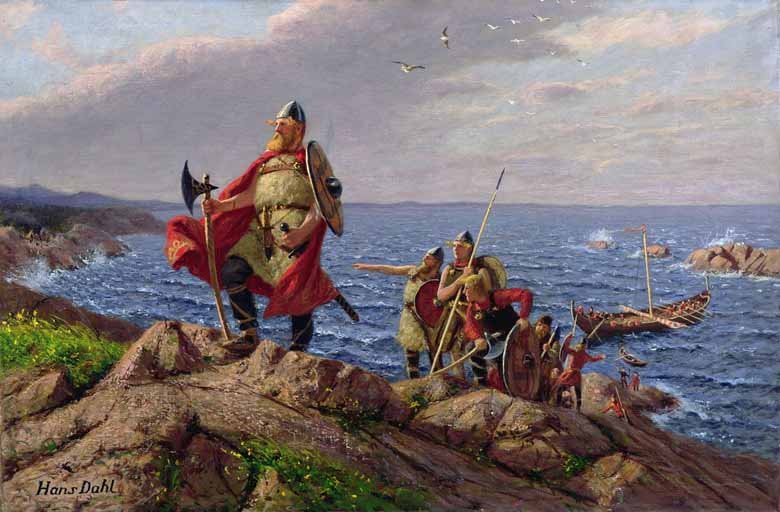
Archaeologists still wonder what lead to the mysterious disappearance of Norse Settlements (Vikings) in the 15th century. Some theories pointing towards Black Plague, others to sinister Basque pirates, yet, historians arguably believe that the Vikings failed to adapt to change in the climate.
The Greenland’s Vikings settled during a warm period around 1000 C.E, but even as a chilly era called the Little Ice Age, they clung to raising livestock and church-building while squandering natural resources like soil and timber. While the seal-hunting, whale-eating inuit survived in the very same climate.
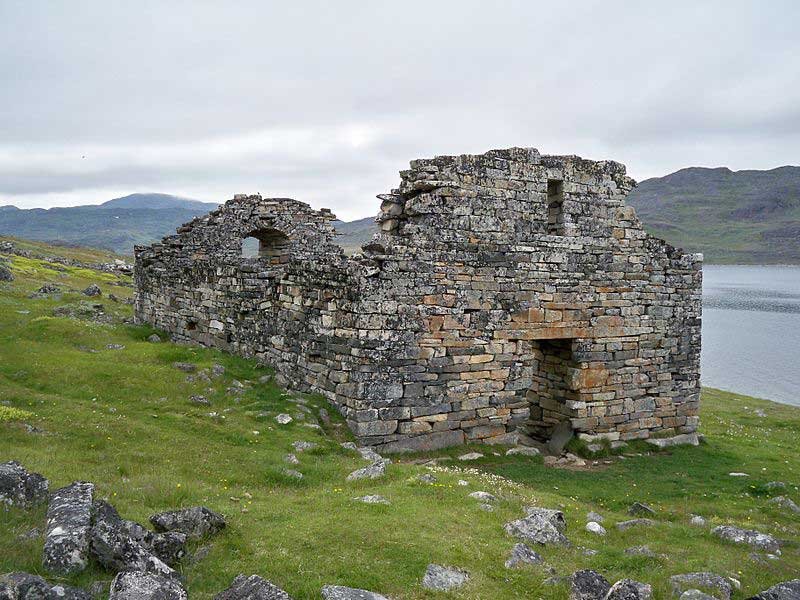
The settlement of Viking leads back to A.D 985, when Erik The Red led a fleet of 25 boats to colonize Greenland. It is believed that there were two colonies within the settlement of the Vikings, a larger Eastern Settlement and a smaller Western Settlement and for hundreds of years their population peaked to merely to 5,000.
Also Read : 11 Historic Last Minute Decisions That Changed The world.
While the vanishing of Greenland’s Vikings is still a mystery, yet some strongly believe that either the Little Ice Age vanished them, or they starved to death.
Some facts of Why Greenland’s Viking didn’t survive
- Conflicts with hostile Inuit tribes
- No contact or support from Europe
- Climate change, mainly the Little Ice Age
- Value of Ivory in Europe decreased, forced hunters to overkill the walrus populations and endangered their own survival
4. The Indus Valley Civilization
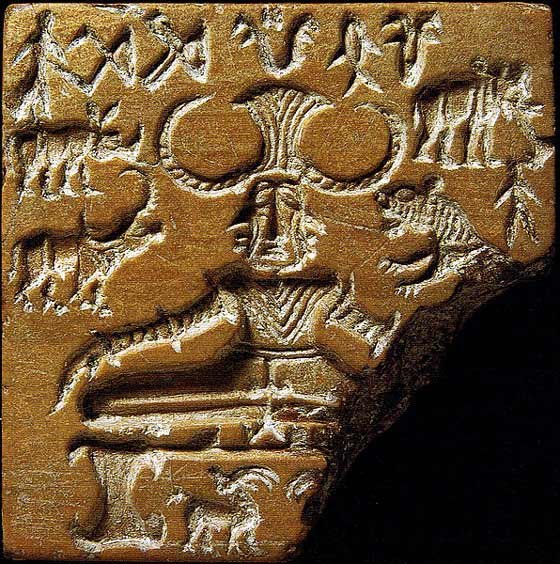
The Indus Valley Civilization is believed to be those earliest civilizations that were technologically way advanced than others in their era. Their existence dating back to at least 8,000 years ago, and they began establishing their settlements in present-day India and Pakistan. There are much-undiscovered truths behind this mysteriously lost advanced civilization, including scripts that have not been deciphered today.
Indus people occupied at least 386,000 square miles of territory, that’s much more than their better-known contemporaries in Egypt and Mesopotamia, and is believed that they contributed to at least 10% of the total population during that time.
While how this large civilization lost is still a mystery, historians earlier suggested that an Aryan invasion from the north brought about the Indus collapse, however, that theory is no longer in vogue. Recent research revealed that the monsoon cycle essentially has been the reason of Indus Valley fell since it made the agriculture nearly Impossible and the area once occupied by the civilization was left abandoned. There are possibilities of Earthquakes and drought too.
There is another bizarre theory behind Indus civilization’s disappearance, suggesting there was instead an abnormal attack on this civilization. This theory is based on the skeletons that were discovered from the remains of Indus civilization. The skeletons, after research, were found to be burned at such a high temperature that was not possible unless there was an atomic attack at that time. While the theory has not been proved, how such a huge population vanished completely remains a mystery.
Some facts about Indus Valley Civilization
- Indus Valley Civilization is the four Great Ancient Civilization, and probably the oldest too
- Harappa, Mohenjo-Daro, and other Indus Valley cities had a level of architectural planning that was unparalleled in the ancient world. For protection from seasonal floods and polluted waters, the settlements were built on giant platforms and elevated grounds
- The cities of Indus Valley Civilization had the world’s first known urban sanitation systems
- The Indus Valley people pioneered techniques in metallurgy and produced copper, bronze, lead, and tin.
5. People Of Punt

Punt is referred to as “Land of the God”, and the people of Punt are a near-mythical civilization operated with and around several ancient African nations, including Egypt. Egyptian records speak of many trading expeditions to the land of Punt, but to this date, no modern archeologist has been able to figure out exactly where that was.
It is believed that Punt was indeed a very wealthy land, yet there is very little evidence of People of Punt. It is also known for producing and exporting gold, aromatic resins, ivory and wild animals; and their trading relationships is known only with Egypt. Although exact location of Punt is still debated by historians, many believe it was situated somewhere in the southeast egypt.
6. Easter Islanders
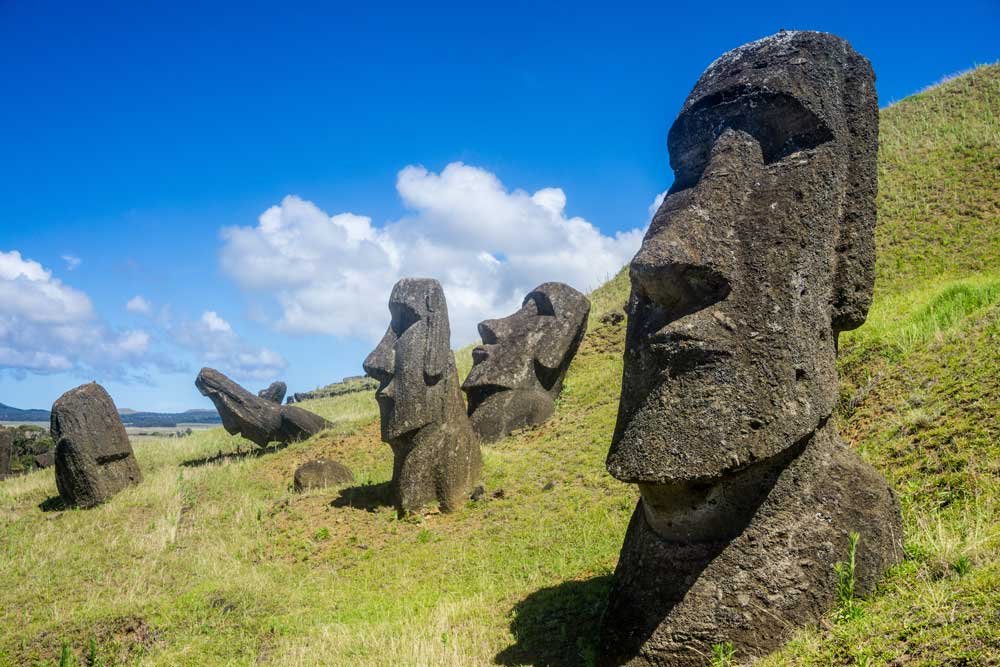
Easter Island, one of the world’s most remote places was discovered somewhere between A.D 300 to A.D 1200 by Polynesians. Despite lacking wheels or pack animals, how Easter Islanders managed to erect hundreds of giant stone statues called Moai, is still a mystery. Largest of the Moai has span of 32 feet tall and weighed 82 tons. But by the 1800s, every statue had been toppled, and somehow the population declined.
Cutting down trees is considered to be the main reason for the continuous crashing of population for Easter Islanders. Scientists discovered from analyzing charcoal fragments, that Easter Islanders cut down almost every last tree, and that rats ate the trees’ seeds before the forest could re-generate. This led to an ecological catastrophe, and eliminated the ability to make rope of seagoing canoes. This ultimately led to mass starvation and European invasion only added to the decimation.
Although how Easter Islanders vanished completely might be known, but how they survived so far along with building the mysterious statues in such remote area is still a mystery.
7. Gobekli Tepe
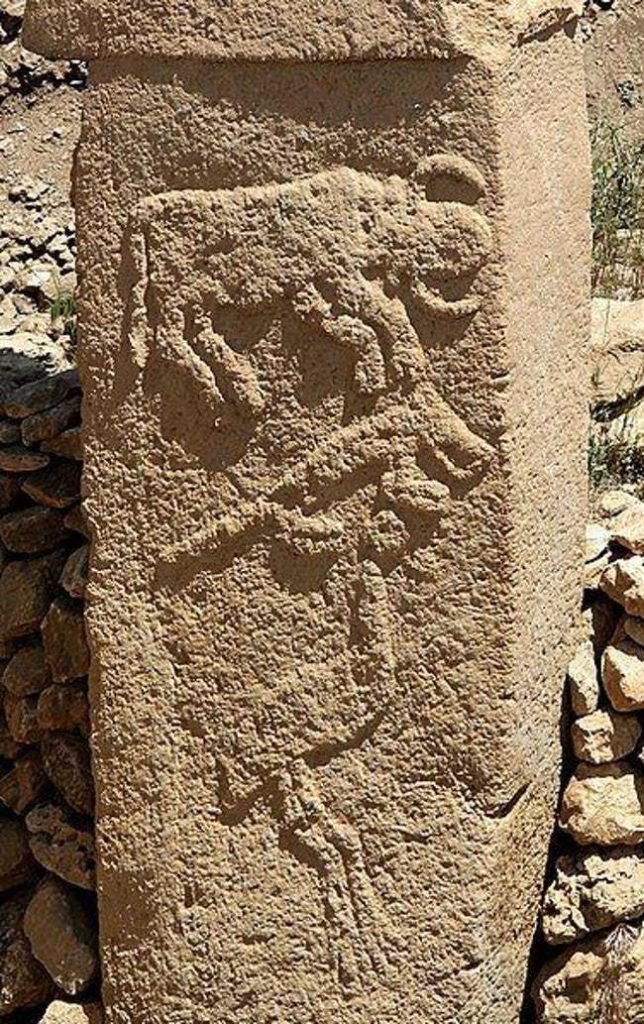
If you watch Ancient Aliens regularly on The History Channel, you probably may have heard about Gobekli Tepe. That’s because the architecture found amidst the ruins of this mysterious civilization appears far too advanced, which leads to speculation about extraterrestrial intervention.
A temple was found in modern-day Turkey at the original site, dated back between 13,000 to 12,000 years, yet contained architectural techniques that seemed impossible in that time and would not appear again for millennia. Further researches discovered the location to be much more expansive than previously thought.
Now that you have read about some of the Ancient Civilization that Vanished Mysteriously. You might like reading about 10 Ancient Mysterious Books That No One Has Explanation About. You might also like “10 Chilling Messages Sent Moments Before Death“.










